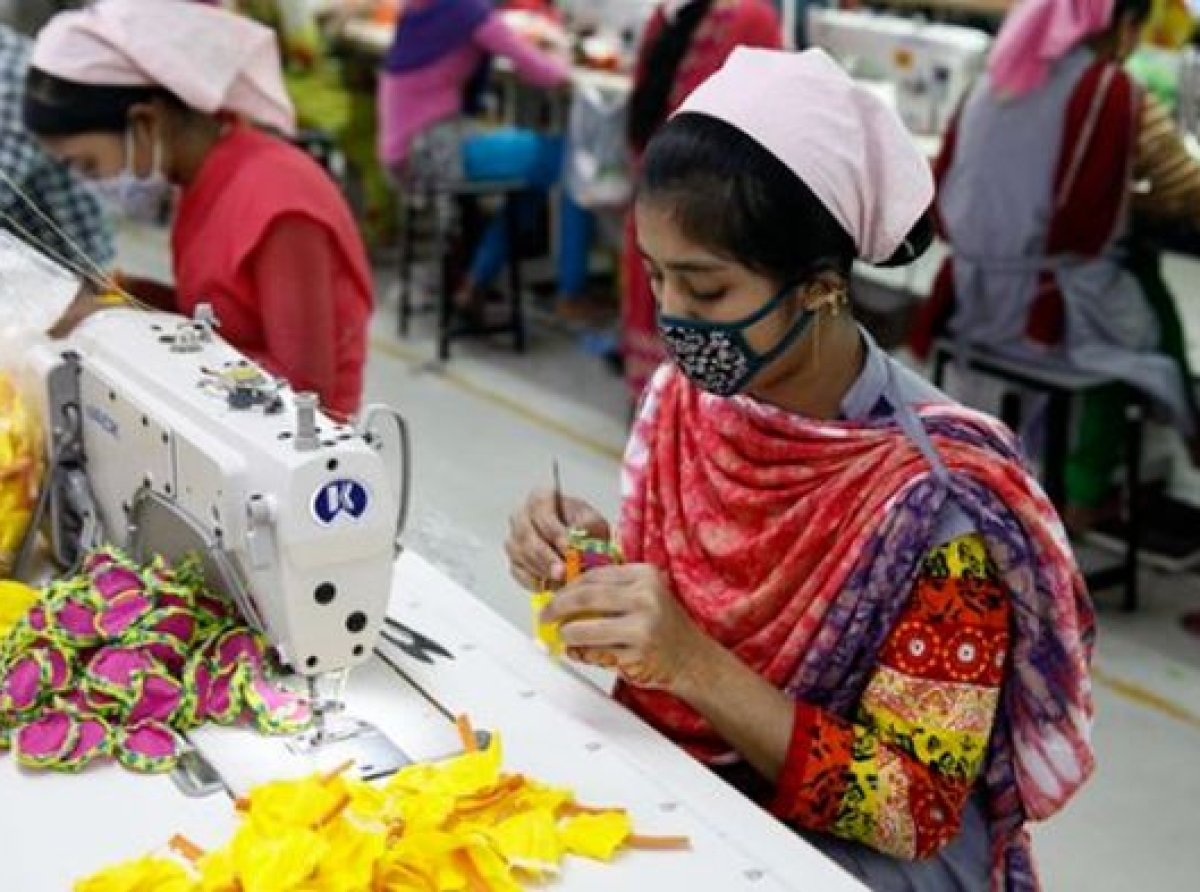06 December 2022, Mumbai
The gas issue cost the Bangladeshi textile sector $1.75 billion in the last 3 months. The gas problem is impeding textile output. The gas problem is currently the most popular topic of conversation. The topic of raising gas prices is currently quite contentious despite the inadequate supply of gas. Lack of gas, low gas pressure, and rising gas prices are the main issues facing the textile sector.
Recently, gas price increases have been opposed by textile millers, who also call for a more stable gas supply. Any nation's textile sector plays a significant role in economic development. The role of gas as fuel in keeping this economy running is enormous. Gas is the most cost-effective and environmentally friendly fuel utilized in a wide range of processes like dyeing, bleaching, drying, singing, and heat-setting. Bypassing the yarn or cloth over a gas flame to burn the sticking-out material, one might sing.
Gas is the nerve line
The demand for natural gas has grown as a result of rising economic activity. The country currently needs more than 3,800 million cubic feet of gas every day. Distributors provided between 2,600 and 2,700 CFD. The Bangladesh Energy Regulatory Commission officials claim that Bangladesh produces more than 75% of the necessary gas and imports about 20%.
Only 5% of the necessary gas was purchased on the global spot market. Due to the gas problem, industrial production in the nation is falling, and power production is being disrupted. Production of fertilizers has also decreased. The gas problem is affecting both homes and businesses.
Gas is the new oil
Gas is the most economical fuel in the textile industry. Nitrogen, oxygen, sulfur dioxide, nitrogen oxide, and other gases are all used as fuel in the textile industry. We are used to colored textiles fading and changing colors due to nitrogen gas and oxygen scavengers. The benefits of nitrogen gas for manufacturing and processing textiles have gone unrecognized. Nitrogen is one of the chemical substances that are most frequently used in industrial manufacturing operations. Due to its inertness, this gas is commonly used in textile mills.
Aerial view
In the nation's largest industrial centers, including Savar, Narayanganj, Dhamrai, Manikganj, Gazipur, and Chittagong, the textile and apparel/garment industries (T&C) are experiencing gas shortages. Textile mills needed a pressure of at least 10 pounds per square inch (PSI) to operate continuously.
But as of late, the pressure has dropped as low as 1.5 PSI. Due to the ongoing gas problem caused by a pipeline break, 500 textile, and apparel/clothing (T&A) factories are operating at 50% of their potential or less.
The demand of the textile industries cannot be satisfied by the national grid for the generation of captive electricity. The gas crisis is also caused by a lack of liquefied natural gas supply. If the LNG supply rises from roughly 600 million cubic feet per day to 800, the situation will be lessened. Due to the recent Suez Canal issue, there is a lack of gas.
Implications of the Inadequate Gas Supply
The article is an effort to size up the impending adverse impact of loss & abnormal rise in cost due to insufficient gas availability/access coupled with economic impacts of inflationary forces, hikes in interest rates, and not to mention depreciating global currencies on the back of unusually strong greenback/US$ as no country is insulated today to derisk, given that the nation rises to the status of becoming 2nd largest apparel exporter globally;
Therefore, so no prize for guessing that the aggregate demand for gas for the garment/apparel industry is only rising fast owing to its inherent dependence on the trade dynamics of textiles upstream and mid-stream if there is a case to be made. As the problem of short supply persists compelling apparel/readymade garment (RMG) makers to keep their units idle sometimes/underutilization of capacities for several hours leading to a rise in unit economics and criminal loss of productivity/efficiency loss which is for the nation heavily dependent on this sector 'A Catastrophic Fall'.
So, the sector is badly/critically looking at the government to address the issue which has led to growth headwinds and help them sail through/navigate out of the unprecedented energy price & supply crisis lest Bangladesh loses its market competitiveness unless there is some radical change in this dynamic situation.
Latest Publications


































